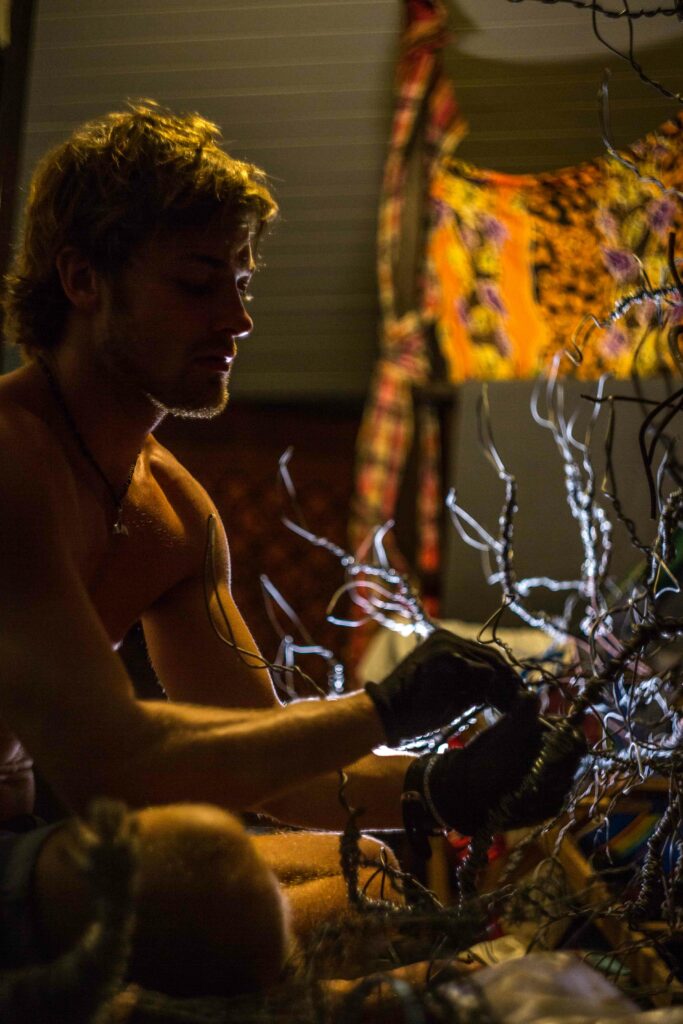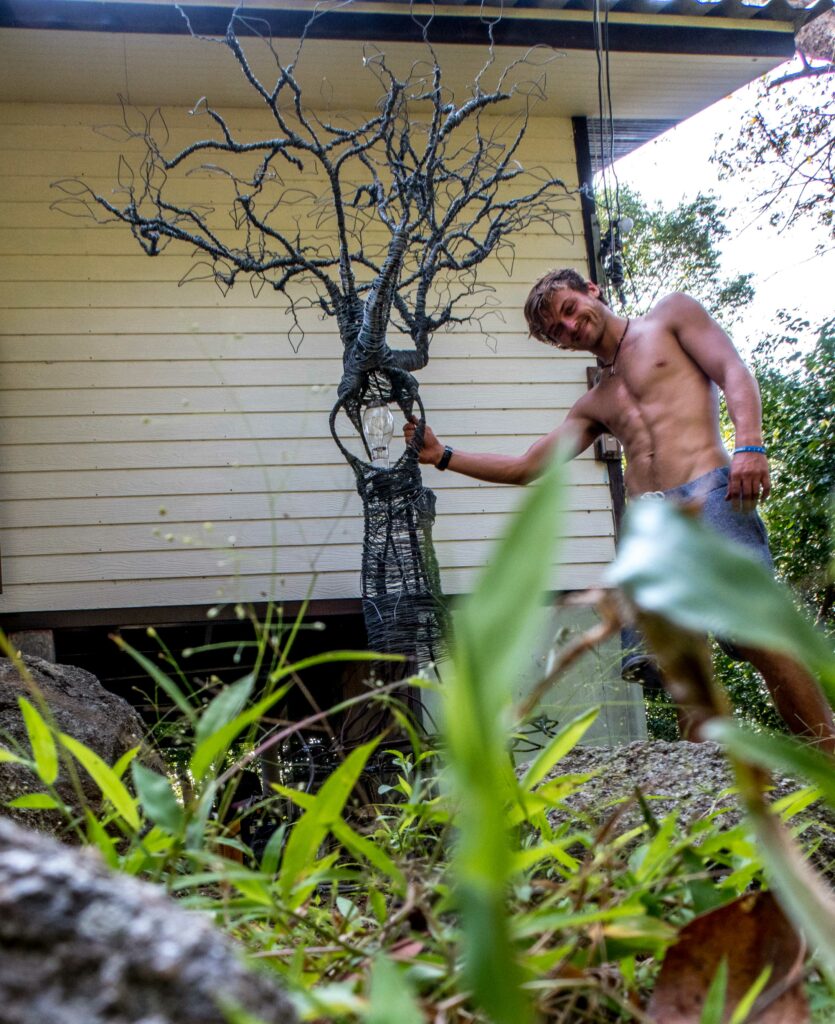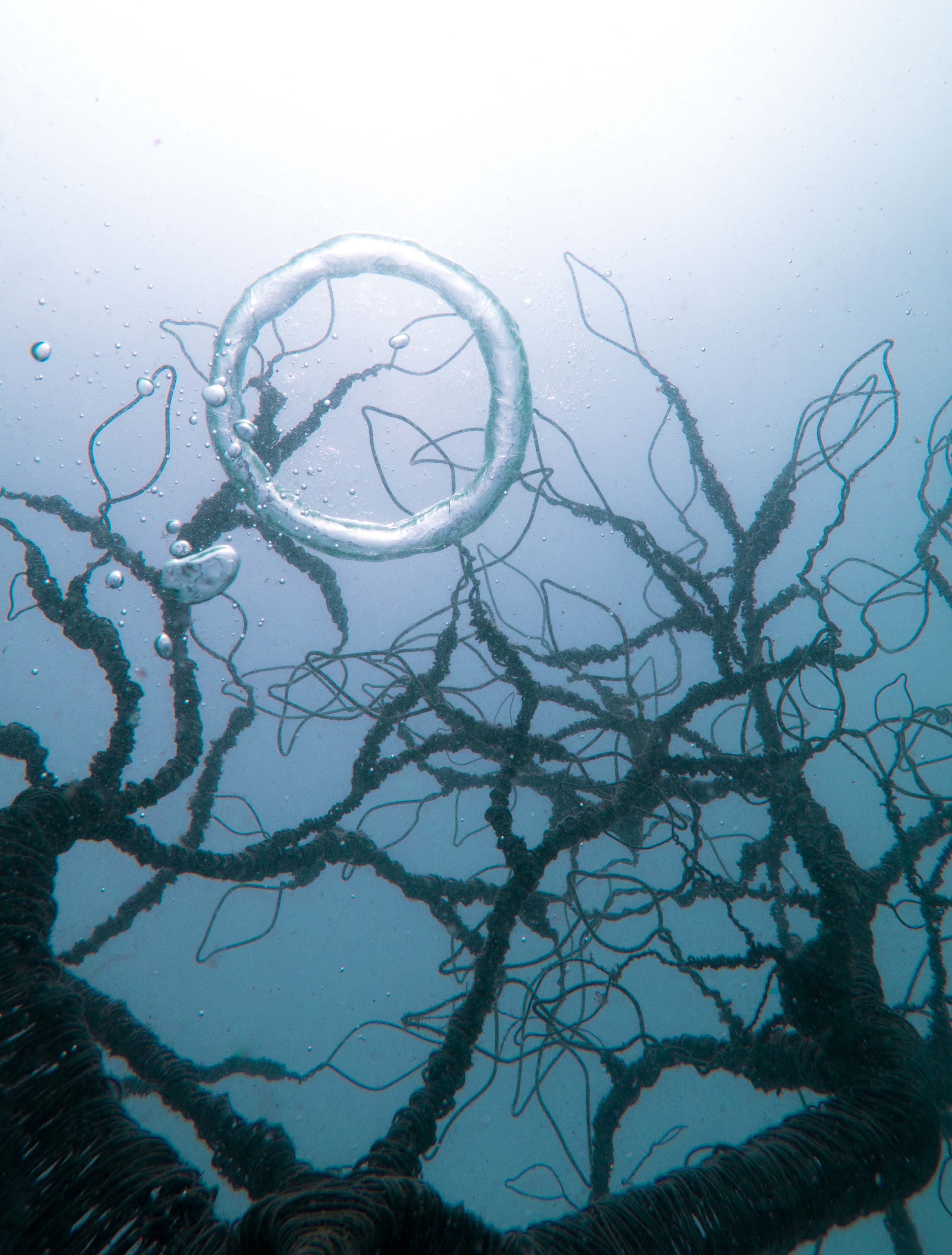The Tip of a Branch – What It Means to Live Forever
The Tree of Life is a concept that is instantly recognizable to so many of us. It’s an archetypal image, a primitive concept that strikes at the very roots of our humanity and evolved independently in a variety of different cultures since history was first recorded. In each of the planet’s most enduring religions the tree appears as an allegory for many things: enlightenment, innocence and perhaps most as a symbol of life eternal. And what has been a greater source of obsession in our species?

As mortal creatures we’re all inevitably forced to reflect on our own impermanence, each of us a brief flicker of light brought into this world all thanks to the desperate attempts of other flickers of light to stay lit in an endless relay race of life. It can all feel a bit…futile at times, but that couldn’t be further from the reality.

When looking at it from the perspective of an individual something as infinite and unattainable as immortality seems reserved to myth and legend, works of fiction. But why do we only get to live lives of around 70 years or so (the average modern human lifespan) when some other creatures seem so blessed with longevity? Jeanne Calment is thought to have been the oldest living human who lived to the ripe old age of 122, not so bad! But Bowhead Whales have been estimated to live beyond 200 years making them the oldest living mammals, a discovery made after a spearhead from the late eighteen hundreds was found embedded in it’s blubber that spurred a great deal of research into their lifespans. Greenland Sharks dwarf that as the oldest known vertebrates, with some estimates suggesting that the oldest of them could live to around 500 years…but why stop there? Let’s talk about trees. The Bristlecomb Pines in California are thought to be the oldest living trees on the planet at 5,067 years old. And these are only the non-clonal organisms. Once we get into the world of corals, sponges, fungi and certain vegetative plants, the lifespan of certain genetic sequences stretches on beyond comprehension, like the quaking aspen that’s suggested to have been around for close to 1 million years or read up about the research being conducted on the immortal Turritopsis dohrnii.
 So, what happened to us? Many people might theorize our brief existences are due to our great brain power, pointing to our minds as our ultimate downfall given that they exhaust so much of the energy we take in. We certainly didn’t get the short end of the evolutionary stick though. The octopus, despite their often-cold habitats which generally lead to longer lives like in the case of the Greenland Shark, have been proven to have incredible nervous systems and intelligence, not to mention their ancient evolutionary lineages. You’d think that with all that extra time on this planet that certain species would’ve been smart enough to try living longer lives, but most will generally live only around 1-4 years depending on the species – just enough for most to lay a single brood before death. The answer when looking at our own biology can be answered by theories of evolution and natural selection. Sir Peter Medawar pointed us in the right direction in his 1952 publication An Unsolved Problem of Biology, suggesting that harmful mutations in our DNA are much less likely to replicate themselves in a population if they affect us early on, ending our lives short before we had the chance to reproduce and spread those harmful genes throughout the population. But harmful mutations that express themselves later in life before we’ve become wise to them give those individuals a chance to enjoy their reproductive years and raise children, allowing these genes a much better chance of surviving in our collective gene pool. As time passes, these mutations that express themselves later in our lives begin adding up, and so as we age those begin to eat away at us and cut our lives short.
So, what happened to us? Many people might theorize our brief existences are due to our great brain power, pointing to our minds as our ultimate downfall given that they exhaust so much of the energy we take in. We certainly didn’t get the short end of the evolutionary stick though. The octopus, despite their often-cold habitats which generally lead to longer lives like in the case of the Greenland Shark, have been proven to have incredible nervous systems and intelligence, not to mention their ancient evolutionary lineages. You’d think that with all that extra time on this planet that certain species would’ve been smart enough to try living longer lives, but most will generally live only around 1-4 years depending on the species – just enough for most to lay a single brood before death. The answer when looking at our own biology can be answered by theories of evolution and natural selection. Sir Peter Medawar pointed us in the right direction in his 1952 publication An Unsolved Problem of Biology, suggesting that harmful mutations in our DNA are much less likely to replicate themselves in a population if they affect us early on, ending our lives short before we had the chance to reproduce and spread those harmful genes throughout the population. But harmful mutations that express themselves later in life before we’ve become wise to them give those individuals a chance to enjoy their reproductive years and raise children, allowing these genes a much better chance of surviving in our collective gene pool. As time passes, these mutations that express themselves later in our lives begin adding up, and so as we age those begin to eat away at us and cut our lives short.

For now, while we’re alive, this means that each of us finds ourselves at the tip of a branch, in one sense the tip of a branch of our family tree, but in a broader sense one that stems from the tree of life. While immortality may still be a work of science fiction, perhaps one day the mysteries of senescence – the ageing process, will unravel its mysteries to us and through gene therapy these harmful genes within us could be eliminated for good, allowing us to live on forever (provided of course that we don’t find creative and horrible ways of wiping ourselves out before that time comes). Waiting on an elixir of life though is most likely out of the question for all of us alive today, but that’s no reason to lose hope! From the perspective of life itself, we ourselves are part of a process that has thus far withstood the tests of time since it first sparked into existence and are apart of that very same immortality.
In Sir Charles Darwin’s On the Origin of Species, he took that image of the Tree of Life that had thus far been used heavily in theism, and applied it to the evolution of all life, the thread that binds it all together. At the base of the tree, our bacterial ancestors that swam through the primordial soup, that inevitably would lead to all the complexity that’s come to make our planet so full of wonder and beauty, by contrast to the barren, lifeless rocks that populate the rest of our solar system. When we look across to the other tips of the branches to this tree of life right now, we find all of the forms of life that we share Earth with in the here and now. Tragically, in a modern world all of these branches that share that our ancestral root, whether recently or millennia ago, are being cut short. With the rate at which we’re seeing modern life disappearing, we find ourselves in what’s being called by many biologists the 6th Great Extinction. As we all cling to the short flickers of light in our lives, trying to fan our flame and burn as brightly as we possibly can in what time we have, it’s just as important to look outward, because despite the dangers and harsh reality of the natural world, it was the crucible that we as a species came to be and our relationship with it is one of interdependence, no matter how far it seems we might have separated ourselves from it.
